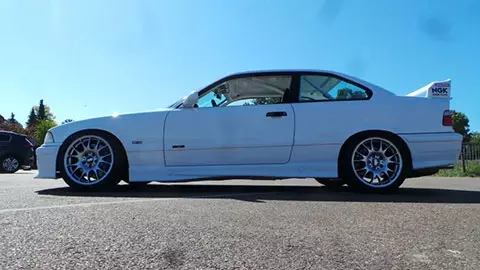You asked Google & Niterra answers! - Part 10: Exhaust Gas & Differential Pressure Sensors

1. What is a differential pressure sensor?
The differential pressure sensor (DPS) gauges the pressure drop between two positions in the flow pattern. At one point, it regulates the low-pressure gas recirculation. At the other position, it observes the function of the diesel particulate filter (DPF), while also reporting its charge status back to the engine control unit (ECU).
2. Where is a differential pressure sensor used?
It is installed at different locations in the exhaust manifold: before/after the DPF, before/after the catalyst, before/after the turbocharger or before/after the exhaust gas recirculation (EGR) cooler.
3. How is a differential pressure sensor tested?
A differential pressure sensor is tested by measuring its output signal with an oscilloscope or a multimeter, while exposing the sensor’s inlet pipes to some pressure. The read-out signal should constantly change when pressure is applied.
4. Where is the exhaust pressure sensor located?
The exhaust pressure sensor (EPS) is located at different positions in the exhaust system, for example before the DPF, before the turbocharger or after the turbocharger.
5. What is an exhaust pressure sensor?
The exhaust pressure sensor measures the pressure and reports the information back to the ECU.
6. What is a high pressure sensor?
The high pressure sensor measures the back pressure of the exhaust gases. This information is sent to the ECU which uses it to monitor and protect the turbocharger unit. The monitoring of output air pressure prevents back pressure damage to the exhaust manifold. For EGR valves and EGR coolers, the information is also used to adapt and control the exhaust gas recirculation rate – which is important in terms of adhering to the emission standards.
7. Where is a high pressure sensor located?
A high pressure sensor is located/installed either before the DPF, before the turbocharger, after the turbocharger or after the EGR cooler.
8. What are the symptoms of exhaust gas & differential pressure sensor failure?
Exhaust gas & differential pressure sensor failure symptoms include: unnecessary filter regenerations, loss of vehicle performance (the sensor does not sense the degree of saturation of the filter), the particulate filter indicator light comes on, flashing of the control lamp for preheating, shortening of the DPF lifetime due to unnecessary regenerations, increased oil consumption and a higher degree of contamination.
 Niterra Blogs
Niterra Blogs








